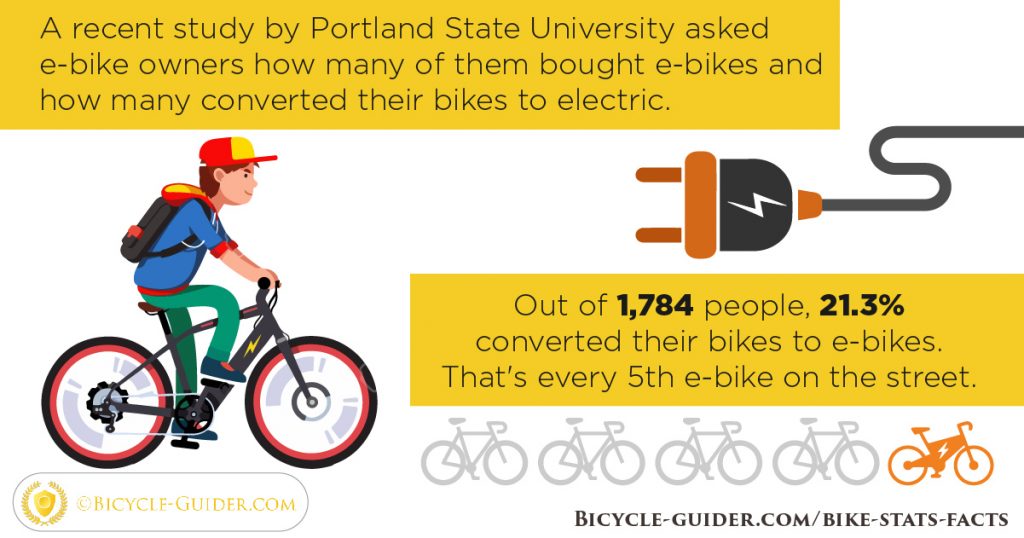E-Bike Classifications Explained: Comprehending The Effects Of Each Category
E-Bike Classifications Explained: Comprehending The Effects Of Each Category
Blog Article
Short Article Created By-Feldman Stanton
If you're thinking about purchasing an e-bike, understanding the different courses is type in making an informed choice. You could be stunned at how each class uses special functions that accommodate different riding choices and legal needs. From pedal-assist options to throttle-controlled designs, each course has its advantages. So, prior to you decide on the ideal e-bike for your demands, it's crucial to realize the distinctions between Class 1, Course 2, and Class 3 e-bikes.
Course 1 E-Bikes
Class 1 E-Bikes are defined as pedal-assist electrical bikes that supply help just when you pedal, ceasing to do so as soon as you get to 20 miles per hour. These bikes are excellent for those looking for a little extra increase while still intending to obtain some exercise. Class 1 E-Bikes use a smooth change in between pedaling and electrical assistance, helping you conquer hillsides and fars away easily. The motor kicks in as quickly as you start pedaling, giving a natural and simple and easy trip experience.
Among the crucial advantages of Class 1 E-Bikes is that they're permitted on a lot of bike courses and tracks where traditional bikes are allowed. This implies you can explore new courses and appreciate the open airs without any constraints.
In addition, these bikes are environment-friendly and use a sustainable setting of transportation, minimizing your carbon impact while still getting you to your destination efficiently.
Class 2 E-Bikes
Going on from the pedal-assist dynamics of Course 1 E-Bikes, Course 2 E-Bikes introduce a new aspect into the electric bicycle world. These e-bikes include a spin throttle attribute, enabling you to ride without pedaling in all. With this enhancement, you have the alternative to simply involve the throttle and let the electric motor do the work, pushing you forward effortlessly.
read this -Bikes are suitable for cyclists who may require a break from pedaling or call for aid when starting from a full quit. This function makes them especially appealing for people with limited mobility or those who want a more leisurely riding experience.
However, it's important to note that Class 2 E-Bikes are still governed by a speed limitation of 20 mph, ensuring safety and conformity with policies.
Course 3 E-Bikes
For riders seeking a more vibrant electric biking experience, Course 3 E-Bikes offer improved speed and performance contrasted to their Course 1 and Course 2 equivalents. Course 3 E-Bikes are referred to as "rate pedelecs" and can reach rates of up to 28 miles per hour, supplying a thrilling adventure for those trying to find an added increase. These bikes come equipped with a pedal-assist system that begins when you begin pedaling, making it easier to keep greater speeds with less effort.
One crucial feature of Class 3 E-Bikes is that they aren't restricted to bike lanes just; they can likewise be used on streets where the speed restriction is 30 mph or lower. This versatility enables cyclists to browse with traffic a lot more effectively while still appreciating the benefits of electric help.
Nonetheless, it's necessary to remember that some locations might have particular laws regarding using Course 3 E-Bikes, so constantly check regional laws prior to hitting the trail.
Conclusion
So, now that you recognize the distinctions in between Course 1, 2, and 3 E-Bikes, you can make an educated choice on which kind ideal suits your demands. Whether you prefer pedal-assist, throttle attribute, or higher speeds, there is an E-Bike class available for you. Keep in mind to consider your neighborhood regulations and personal preferences prior to making your selection. https://fattireebikeforsale76431.bloggactif.com/34241509/the-benefits-of-electric-bikes-in-encouraging-lasting-practices riding!
